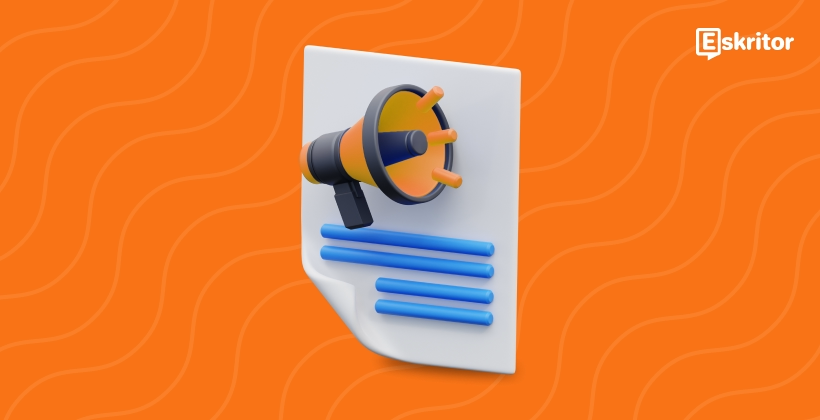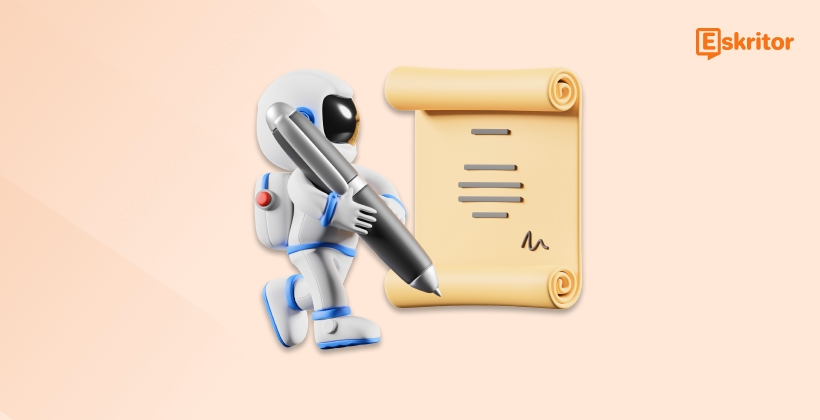The Role of AI in Modern Editing Practices
The Role of AI in Modern Editing Practices
Blog Article
Mastering Content with AI Editing Tools
As synthetic intelligence (AI) evolves, it remains to revolutionize how we method modern editing practices. From syntax modification instruments to advanced content technology platforms, ai grammar checker is reshaping the way in which authors, writers, and designers refine their work. This website considers the role AI represents in contemporary editing and the affect it's across industries.

AI-Powered Methods Primary the Demand
AI-powered instruments have grown to be an indispensable section of editing workflows. Application fueled by organic language handling (NLP) and machine learning can do tasks like grammar checks, stylistic ideas, and word restructuring with extraordinary speed and accuracy.
As an example, AI-based syntax pieces can recognize problems that the human eye might overlook, such as subject-verb agreement dilemmas or dropped modifiers. Similarly, style enhancements made by AI make certain that tone and flow arrange with the supposed audience, that is important for skilled editors.
These instruments aren't only limited by old-fashioned syntax corrections. They are capable of improving readability, transforming passive voice to effective style, and actually paraphrasing entire paragraphs without adjusting the meaning.
Efficiency Matches Time Savings
Studies reveal that the usage of AI resources can minimize editing time by up to 30%. Rather than poring over every word personally, publishers can focus their initiatives on creative and proper components of content. This shift enables professionals to manage higher sizes of text in shorter times, which will be particularly useful for industries like publishing and digital marketing.
Additionally, predictive AI functions can spotlight recurring problems, helping authors boost their abilities over time. For businesses, this translates to less sources allocated to changes and more finished components right from the start.
Increasing Availability and Globalization
AI's role in contemporary modifying runs beyond efficiency. Sophisticated translation and localization tools allow builders to conform material seamlessly for international audiences, deteriorating language barriers with precision. That engineering assures that the exact same meaning can resonate with countries world wide while preserving their authenticity.
AI also increases inclusivity standards by increasing accessibility in content. For example, calculations can recognize potentially non-inclusive language and recommend alternatives. This potential allows writers to improve writing so that it resonates with diverse audiences.

Striking a Harmony Between AI and Individual Creativity
While AI excels in rate and reliability, it does not replace human editors. Machines usually absence the capability to interpret nuance, feeling, or cultural situation fully. The best system mixes AI's performance with individual creativity and information, resulting in truly extraordinary work.
By leveraging these systems in contemporary editing techniques, makers and publishers alike can make top quality material that aligns with the fast-paced needs of today's digital world. AI will be the potential of editing, however the individual feel can be needed for storytelling and connection. Report this page